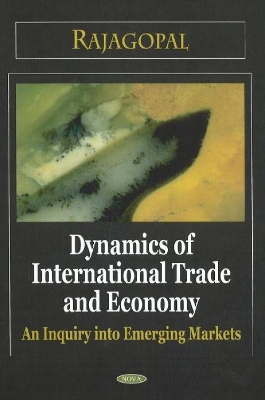There is a fast change observed in the world markets resulting into the new emerging markets across the countries. In this century China, India and Latin America and the emerging market based economies in Eastern Europe promise new opportunities for global trade. The European Union provided an outlet, initially for unskilled-labour intensive products of Central and Eastern European countries and more recently for skilled-labour intensive and technology-based products. Knowledge-intensive imports from the European Union have also contributed to industrial realignment in the Central European countries. The growing trade agreements in the countries indicate some likelihood of success because when the level of tariff and non-tariff barriers is already low, a preferential agreement is more likely to have an adverse impact than a beneficial one. However, the reduction in the tariff barriers, duties and liberalisation process worldwide has further given a stimulus to the international marketing across regional boundaries. This book discusses a research analysis based on extensive survey of literature and statistical analysis of the data available from secondary sources and argues the strategic partnership model developed by analysing the functional gap-map in reference to the political, economic, legal and trade related factors. The analysis emphasises the evolution of productivity and exports, and discusses factors variability in the transitional economies and emerging markets on the basis of spatial and temporal data. The research study analysed in the book discusses economic integration between two economies, distinctively one central, with a large local market, and the other peripheral, with a small local market.
- ISBN10 1600217079
- ISBN13 9781600217074
- Publish Date 1 September 2007
- Publish Status Active
- Publish Country US
- Imprint Nova Science Publishers Inc
- Format Hardcover
- Pages 288
- Language English
